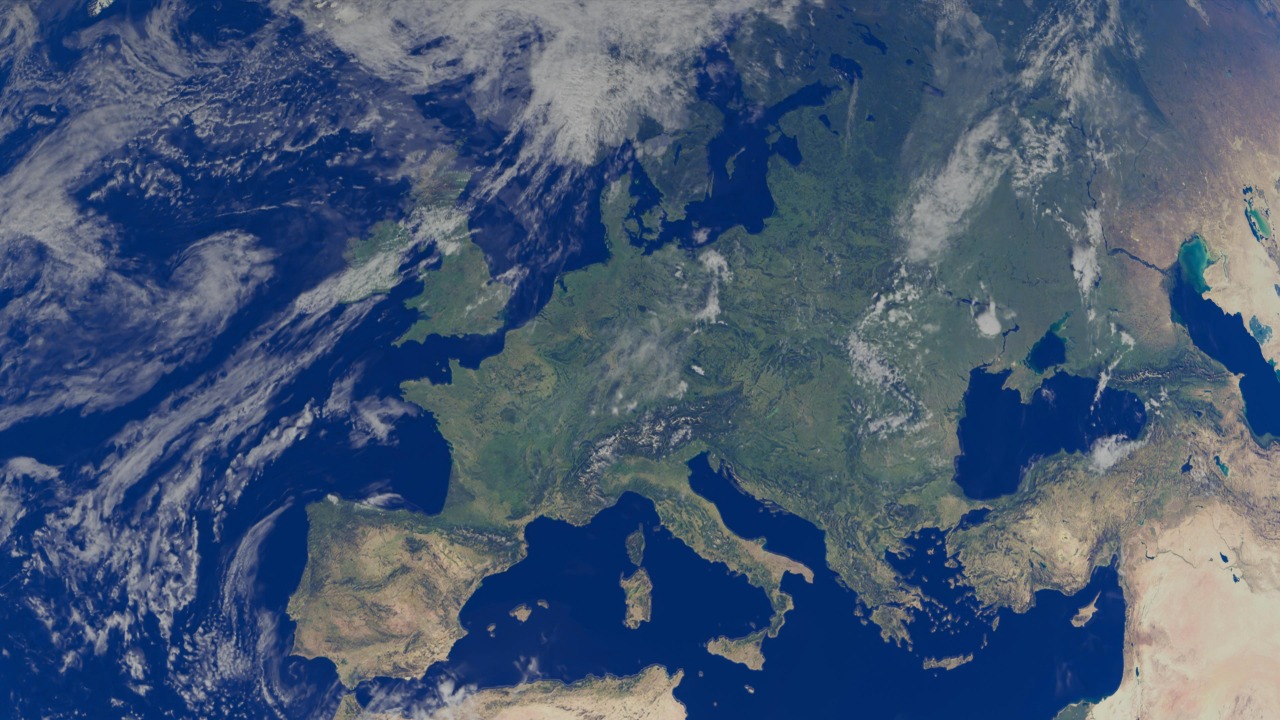
Earth’s eighth continent, Zealandia, has been largely unrecognized and “missing” from maps for 375 years. This mostly underwater landmass, spanning about 4.9 million square kilometers, challenges traditional views of continental geography. Recent drilling expeditions have pierced its crust to uncover clues about its billion-year formation history, reshaping our understanding of plate tectonics.
Historical Oversight of Zealandia
When early Dutch explorer Abel Tasman sighted parts of New Zealand in 1642, he was unaware of the vast submerged continental crust extending beyond the visible islands. For the next 375 years, maps depicted the region without acknowledging Zealandia, due to its low elevation and 94% submersion. This led 17th- and 18th-century cartographers to classify it as oceanic crust rather than a true continent, resulting in its exclusion from global atlases until modern geophysical data emerged.
The term “Zealandia” was coined in 1995 by geologists to describe this hidden landmass. However, formal recognition as the eighth continent came only in 2017 through peer-reviewed research.
Geological Formation of the Missing Continent
Zealandia began forming over a billion years ago as part of the ancient supercontinent Gondwana. Its crust separated from Australia and Antarctica around 80-100 million years ago during the breakup of the supercontinent. The continent’s thin, elevated crust—averaging 20-30 kilometers thick—distinguishes it from typical oceanic plates, supporting its classification despite extensive flooding during tectonic subsidence starting 23 million years ago.
Fossil evidence and rock samples indicate Zealandia once supported diverse ecosystems above water. Granite formations and metamorphic rocks dating back 500 million years provide further evidence of its geological history.
Scientific Recognition as the Eighth Continent
In 2017, a team of 11 scientists from New Zealand, Australia, and the U.S. published evidence in GSA Today journal. They defined Zealandia by criteria like distinct crust, elevation above surrounding seabed, and area exceeding 1 million square kilometers. Zealandia qualifies as the world’s smallest, thinnest, and youngest continent, covering 4.9 million square kilometers—larger than India but mostly underwater at depths up to 2 kilometers.
This discovery adds to the seven traditionally recognized continents (Africa, Antarctica, Asia, Europe, North America, Australia, South America), prompting updates to educational materials worldwide. The recognition of Zealandia as a continent is a significant development in our understanding of Earth’s geographical history.
Recent Drilling Expeditions into Zealandia
In January 2025, scientists aboard the JOIDES Resolution drilled 1,000 meters into the sea floor off New Zealand’s South Island as part of the International Ocean Discovery Program. They targeted Zealandia’s northern margin to study subduction zone dynamics. Core samples from the drill site revealed volcanic ash layers and fault structures from 25 million years ago, providing direct evidence of how tectonic forces submerged most of the continent.
The expedition, involving over 20 international researchers, aimed to understand Zealandia’s role in the Pacific Ring of Fire and its influence on regional earthquakes. These drilling expeditions into Zealandia have provided valuable insights into the continent’s geological past.
Implications for Plate Tectonics and Geography
Zealandia’s submerged status highlights flaws in 19th-century continental drift theories, which assumed all continents were fully exposed. It demonstrates how a landmass with 90% submersion can still meet continental criteria based on crustal composition. The continent’s position along the boundary between the Pacific and Indo-Australian plates explains New Zealand’s seismic activity, with Zealandia acting as a “drowned” fragment influencing global mantle convection patterns.
Rediscovering Zealandia could refine models of Earth’s hidden geology, potentially identifying other submerged continents like Mauritia in the Indian Ocean. This discovery has significant implications for our understanding of plate tectonics and geography.
Challenges and Future Research Directions
Ongoing bathymetric surveys using sonar and satellite gravimetry continue to map Zealandia’s full extent, revealing underwater mountain ranges and basins that were invisible to early explorers. Future missions plan to drill deeper into southern Zealandia by 2030, focusing on paleoclimate records preserved in sediments to reconstruct sea-level changes over the past 100 million years.
Educational outreach efforts, including virtual reality models, aim to integrate Zealandia into school curricula, addressing the 375-year gap in public awareness of this geological feature. The discovery and exploration of Zealandia present exciting opportunities for future geological research.
More from MorningOverview